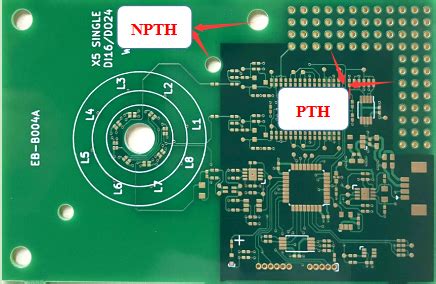
RF & Microwave Blog
-
PCB Vias Types Design Covering
Posted by
–
 Read more: PCB Vias Types Design Covering
Read more: PCB Vias Types Design CoveringIntroduction to PCB Vias Printed Circuit Boards (PCBs) are essential components in modern electronics. They provide a reliable and efficient way to connect electronic components and create complex circuits. One crucial aspect of PCB design is the use of vias, which are small holes drilled through the PCB layers to […]
-
PCB Via Types
Posted by
–
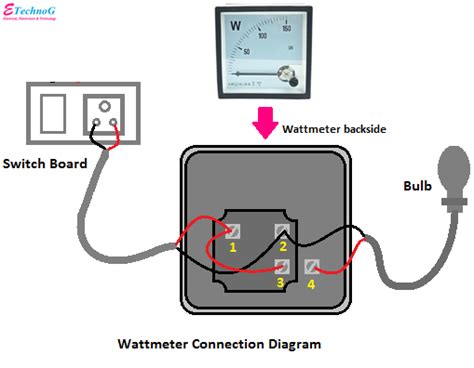 Read more: PCB Via Types
Read more: PCB Via TypesWhat are PCB Vias? PCB vias are small holes drilled through the layers of a printed circuit board, which are then plated with a conductive material, such as copper. Their primary purpose is to establish electrical connections between different layers of the PCB, allowing signals to travel vertically through the […]
-
Mixed Assembly Advantages
Posted by
–
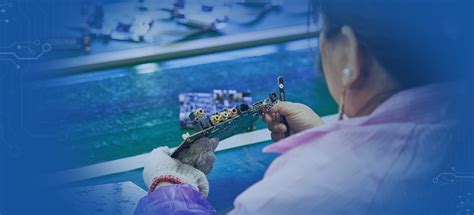 Read more: Mixed Assembly Advantages
Read more: Mixed Assembly AdvantagesWhat is Mixed Assembly? Mixed assembly refers to the process of combining different assembly methods within a single manufacturing process or product. This can include using both manual and automated assembly techniques, as well as combining different types of automation such as fixed automation and flexible automation. The goal of […]
-
Fast Turnkey PCB Assembly
Posted by
–
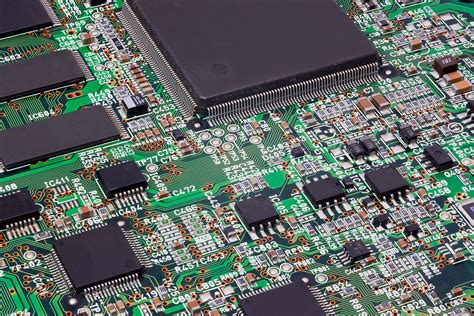 Read more: Fast Turnkey PCB Assembly
Read more: Fast Turnkey PCB AssemblyIntroduction to PCB Assembly PCB (Printed Circuit Board) assembly is the process of soldering or mounting electronic components onto a printed circuit board. It is a crucial step in the manufacturing of electronic devices, as it enables the creation of complex circuits on a small, compact board. PCB assembly can […]
-
What is IC programming in PCB assembly
Posted by
–
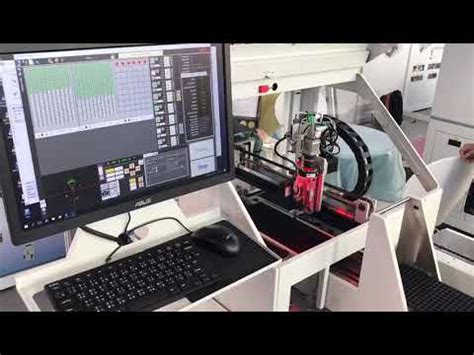 Read more: What is IC programming in PCB assembly
Read more: What is IC programming in PCB assemblyIntroduction to IC Programming Integrated Circuit (IC) programming is a crucial step in the Printed Circuit Board (PCB) assembly process. It involves the configuration and customization of programmable ICs to perform specific functions within the electronic device. IC programming enables the PCB to operate as intended by the designer, ensuring […]
-
PCB Grounding Techniques
Posted by
–
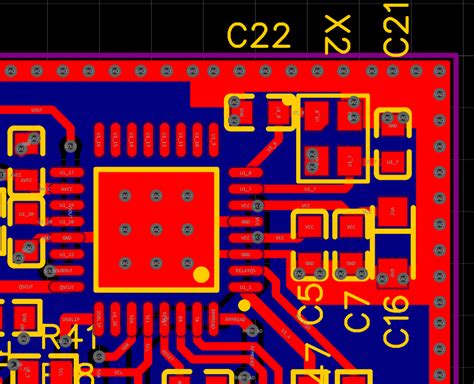 Read more: PCB Grounding Techniques
Read more: PCB Grounding TechniquesUnderstanding the Importance of PCB Grounding PCB grounding is the process of creating a low-impedance path for electrical currents to return to their source. It serves several critical purposes: Noise Reduction: Proper grounding helps minimize noise by providing a low-impedance path for unwanted signals to be diverted away from sensitive […]
-
Issue with DRC and Kicad ground plane
Posted by
–
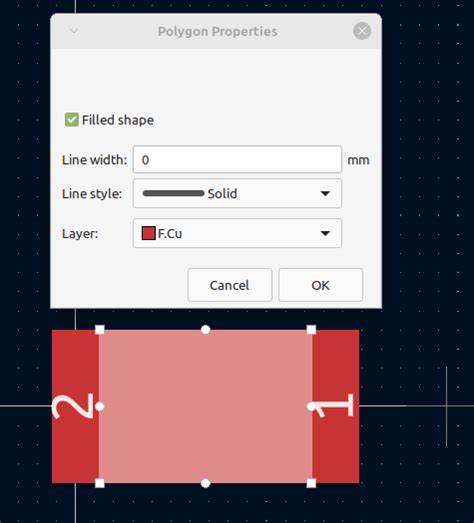 Read more: Issue with DRC and Kicad ground plane
Read more: Issue with DRC and Kicad ground planeUnderstanding the DRC-Kicad-issue Kicad is a powerful open-source electronic design automation (EDA) software that helps users design printed circuit boards (PCBs). One of its essential features is the Design Rule Check (DRC), which ensures that the PCB design adheres to a set of predefined rules and constraints. However, users may […]
-
Analysis Forecasts of China PCB Board Industry
Posted by
–
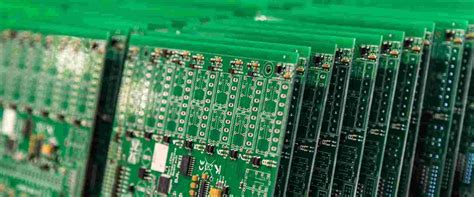 Read more: Analysis Forecasts of China PCB Board Industry
Read more: Analysis Forecasts of China PCB Board IndustryOverview of the PCB Industry in China The Printed Circuit Board (PCB) industry is a crucial component of the electronics manufacturing sector, providing the backbone for various electronic devices and applications. China has emerged as a global leader in PCB production, accounting for a significant share of the world’s PCB […]
-
PCB manufacturer in USA
Posted by
–
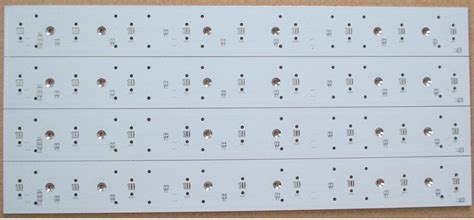 Read more: PCB manufacturer in USA
Read more: PCB manufacturer in USAIntroduction to PCB Manufacturing in the USA The United States has a long and rich history in the electronics industry, particularly in the manufacturing of printed circuit boards (PCBs). PCBs are essential components in virtually all electronic devices, from smartphones and computers to medical equipment and aerospace systems. In this […]
-
WHAT IS SOLDER MASK
Posted by
–
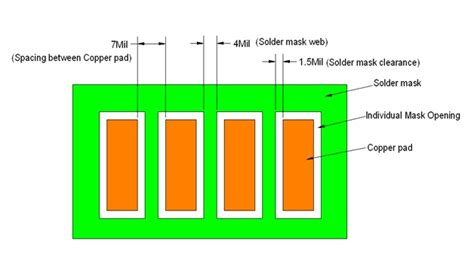 Read more: WHAT IS SOLDER MASK
Read more: WHAT IS SOLDER MASKIntroduction to Solder Mask Solder mask, also known as solder resist or solder stop, is a crucial component in the manufacturing of printed circuit boards (PCBs). It is a thin, protective layer applied to the copper traces of a PCB to prevent solder from adhering to undesired areas during the […]
Recent Posts
- How to Select Material for Your PCBs from Cost and Reliability Considerations
- Problems of EMC Technology Application in PCB Design of Electronic Devices and the Strategies
- Fabrication Technology on Flex-Rigid PCB Window
- Problems of High-Frequency and High-Speed Multilayer PCB Fabrication and Their Solutions
- Key Difficulties and Tips for Backplane PCB Fabrication